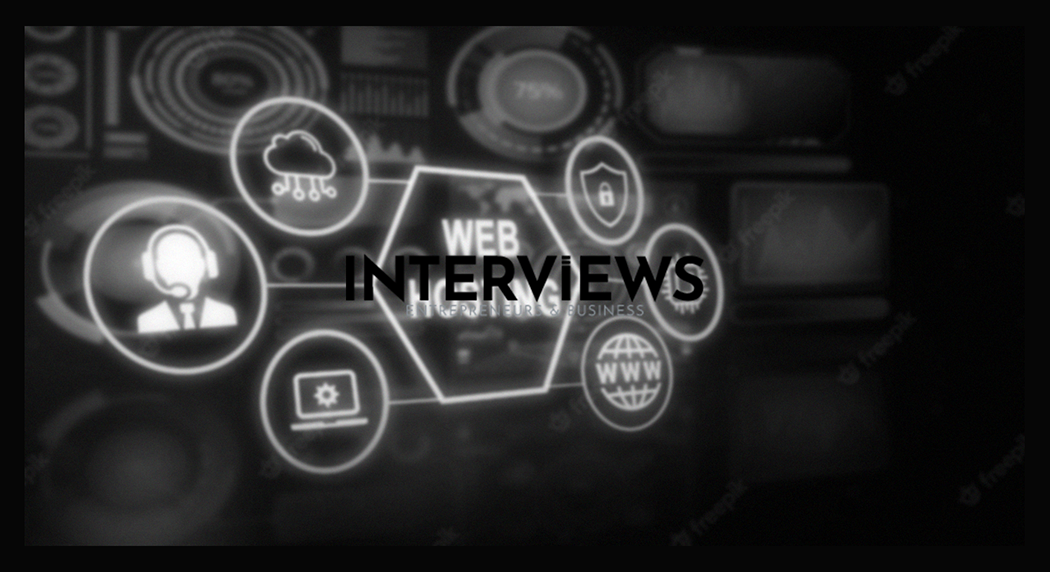Choosing the Right Email Hosting for Your Small Business: Stop Sending Emails From @aol.com
Let’s face it; businesses using @gmail.com or worse, @aol.com look unprofessional. It’s like meeting a client in pajamas. A business email with your domain boosts your credibility and keeps you out of the spam folder. You need professional email hosting. But where do you begin? We can help.
Top Email Hosting Services: Your Business Deserves Better Than Free
Choosing email hosting isn’t as exciting as new furniture, but it matters. Your email is your digital handshake. It’s your sales pitch and service lifeline. Let’s explore the top contenders to avoid any mishaps.
Google Workspace: The King for a Reason
For many,
Zoho Workplace: Tight Budget? No Problem.
If you are pinching pennies,
IceWarp: Storage Galore
Fastmail: Privacy is King Here
In an era of data breaches,
Microsoft 365: For the Microsoft Faithful
If your company relies on Microsoft tools,
Key Considerations: Beyond Just Price
Picking email hosting involves more than choosing the cheapest option. It’s like buying a car; you want more than just basic features. Here’s what to consider:
Cost-Effectiveness: Balancing Act
Cost is important, of course. Both
Integration: Does it Play Well With Others?
Think about the tools you already use. If Google Drive and Calendar are essential,
Professional Appearance: Look the Part
Both
Privacy and Security: Protect Your Digital Assets
Scalability and User-Friendliness: Grow Without Growing Pains
Flexibility and Control: Adapt to Your Needs
Think about the platform’s flexibility.
Email Marketing Platforms: Beyond Basic Email
Email hosting handles day-to-day messaging, but marketing platforms reach larger audiences. If you plan campaigns, here are some key names:
Mailchimp and Alternatives: Marketing Powerhouses
Email Address Etiquette: Don’t Be “info@”
Your email address matters. Avoid generic options like “info@yourcompany.com”. Here’s how to improve your email address:
Personalized Email Addresses: Human Touch
Use names! Try “john.doe@yourcompany.com” or “jd@yourcompany.com.” These are more personal than a generic address and show a real person is behind the email.
Role-Based Email Addresses: Departmental Clarity
Addresses like “sales@yourcompany.com” streamline inquiries to the right department, reducing confusion and delays.
Department-Specific Emails: Organized Inbox Bliss
Expand role-based addresses to departments: “marketing@yourcompany.com”, “hr@yourcompany.com”. This keeps your inboxes organized.
Creative Alternatives: “Hello@” and “Contact@”
Instead of “info@”, opt for “hello@” or “contact@”. These are friendlier and less formal. Think of them as virtual welcome mats.
Ditch “info@”: Seriously, Just Stop
The “info@” address leads to confusion. No one knows who should manage it, resulting in unanswered inquiries. Be creative, be specific, and definitely avoid “info@”.
Contact Forms: A Website’s Best Friend
A contact form can replace listed email addresses, making it easier to manage inquiries and gather necessary details upfront.
Free Email Providers: Tempting, But…
Free email providers like
Gmail vs. Outlook for Business: The Tech Titans Clash
The ongoing battle:
Integration: Ecosystem Loyalty
If your business favors Microsoft,
Features: Both Pack a Punch
Both platforms offer strong features.
and feature-rich, especially in the Microsoft environment.
Security: Solid on Both Sides
Google Workspace and Microsoft 365 offer strong security.
Cost: Gmail Can Be Gentler on the Wallet
Interface: Personal Preference
Many find
Scalability: Both Can Handle Growth
Both
GoDaddy Email Hosting: Simpler, But Limited
Email Security: Not an Optional Extra
Email security is a ‘must-have’.
Secure Email Providers: The Fort Knox of Inboxes
For top-tier security, consider
Encryption: Lock It Down
End-to-end encryption from
Spam Filtering: Inbox Sanity Saver
Free vs. Paid Email Hosting: You Get What You Pay For
Free email hosting has its place, but paid services are usually better.
Free Plan Features: Basic Starter Kit
Free plans suit testing or basic personal use. Some providers have free options with limited features to get started.
Free Plan Limitations: The Catch
Free plans often have limits, like storage caps and fewer features. Using a free personal email for business may seem unprofessional.
Paid Plan Benefits: The Professional Upgrade
Paid plans unlock features like custom domains and more storage. For serious business, the advantages of paid hosting outweigh the cost.
Email Hosting Pricing: What’s the Damage?
Email hosting costs vary. Here’s a quick price snapshot:
- Google Workspace: Starts around $6/month per user (annual plan).
- Zoho Workplace: Starts under $1/month per user (annual plan).
- Ionos: From about $1/month.
- Rackspace: From about $3/month.
Investing in proper email hosting improves business professionalism and efficiency. So, move on from @aol.com and enter the professional email world. Clients and your inbox will appreciate it.





